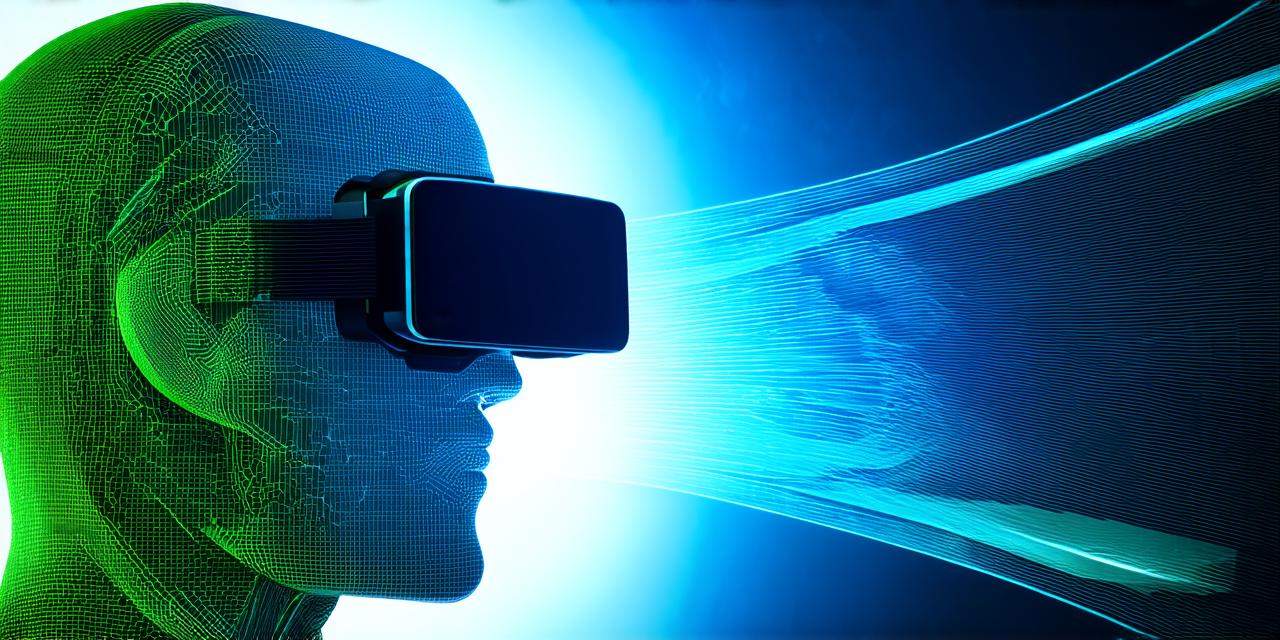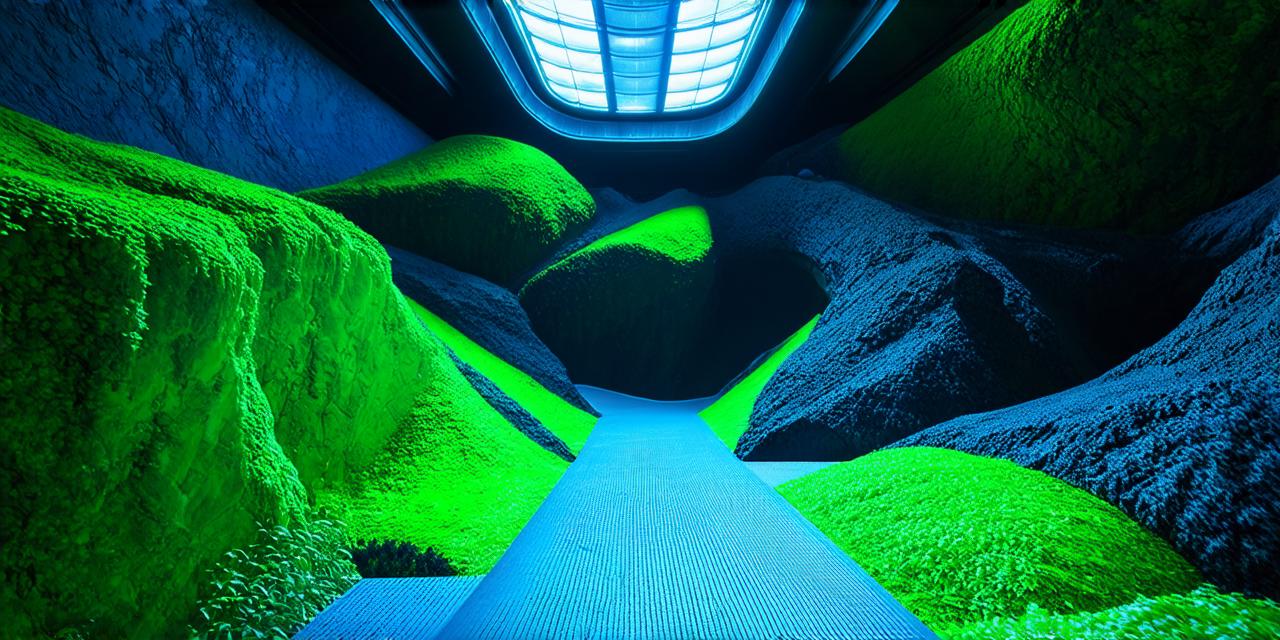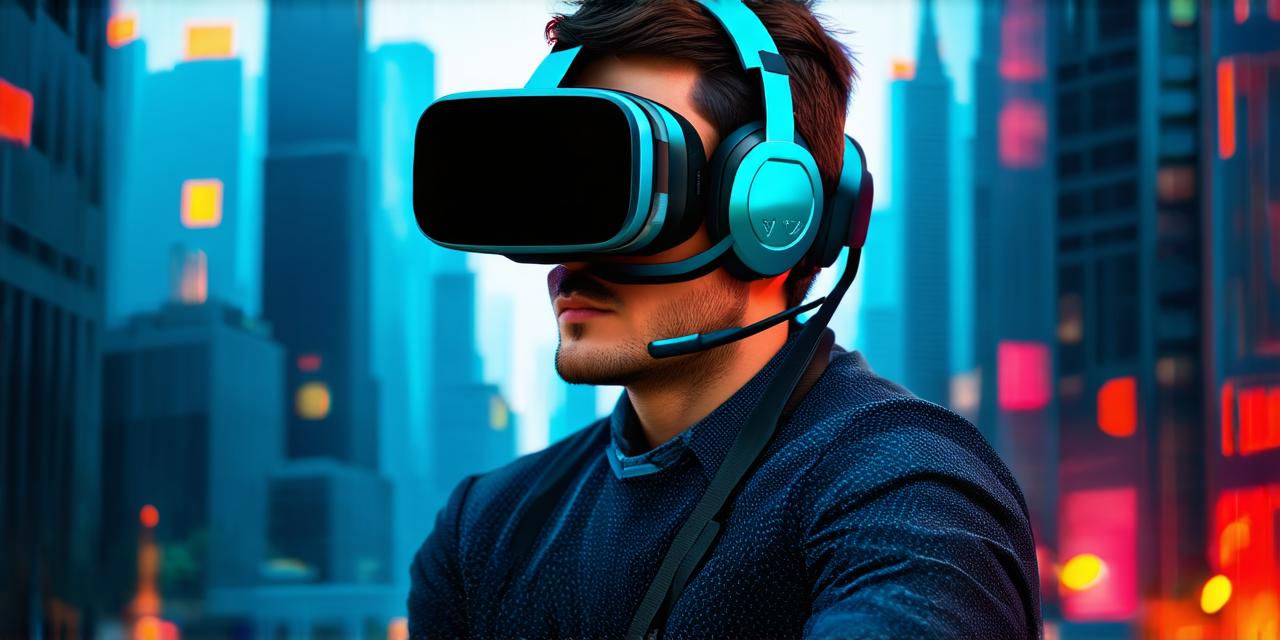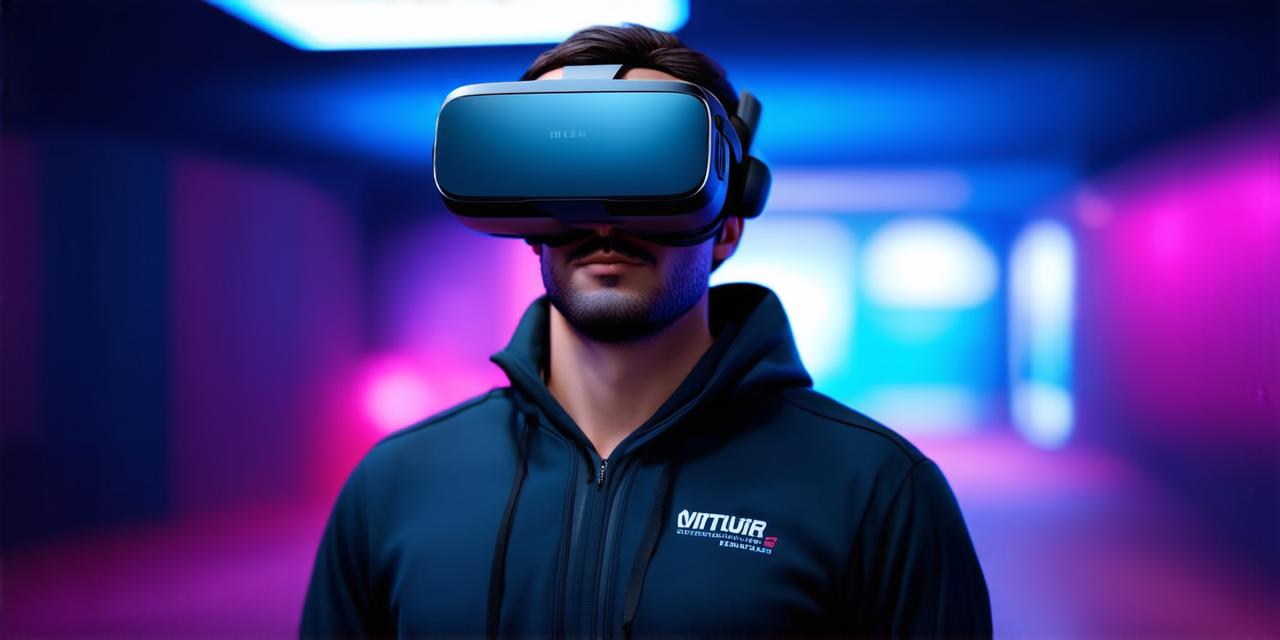Virtual reality technology has come a long way in recent years, and VR headsets have become increasingly popular for various applications.
Gaming
One of the most common uses of VR headsets is gaming. With a VR headset, you can immerse yourself in a fully interactive and 3D environment, allowing you to experience games in a whole new way. You can move around freely and interact with objects in the virtual world, giving you a more realistic and engaging gaming experience.
Training and simulation
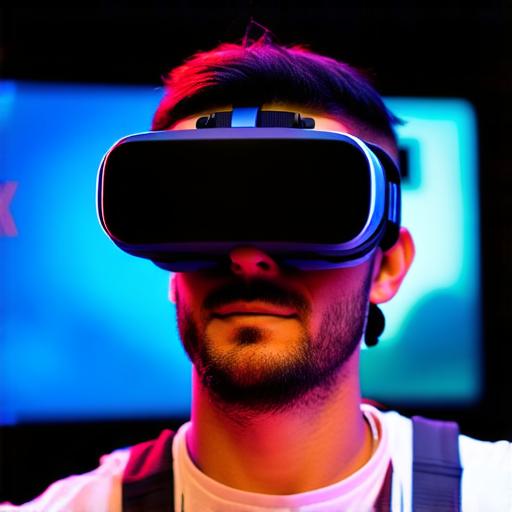
Virtual reality technology is also widely used for training and simulation purposes. For example, medical professionals can use VR headsets to practice surgeries and other procedures in a safe and controlled environment. Similarly, pilots can use VR simulations to practice flying and improve their skills. This allows for more realistic and effective training, without the need for expensive equipment or real-world risks.
Tourism and travel
Virtual reality headsets can also be used for tourism and travel purposes. With a VR headset, you can explore different parts of the world from the comfort of your own home. You can visit famous landmarks, see different cultures, and even experience extreme sports or adventure activities that would be too dangerous or expensive to do in real life. This can be an excellent way for people who are unable to travel to experience new places and broaden their horizons.
Education and learning
Virtual reality technology is also being used in education and learning applications. For example, students can use VR headsets to explore historical events or scientific concepts in a more immersive and engaging way. This can help to improve understanding and retention of information, making it easier for students to learn new things.
Therapy and rehabilitation
Finally, virtual reality technology is also being used for therapy and rehabilitation purposes. For example, VR headsets can be used to treat phobias or anxiety disorders by exposing patients to controlled environments that simulate their fears. Similarly, VR can be used to help with physical rehabilitation by providing a safe and controlled environment for patients to practice movements and exercises.
In conclusion, virtual reality technology has a wide range of applications beyond gaming. From training and simulation to tourism, education, and therapy, VR headsets offer a new and immersive way to experience the world around us. With ongoing advancements in technology, it is likely that we will see even more creative uses for VR in the future.
